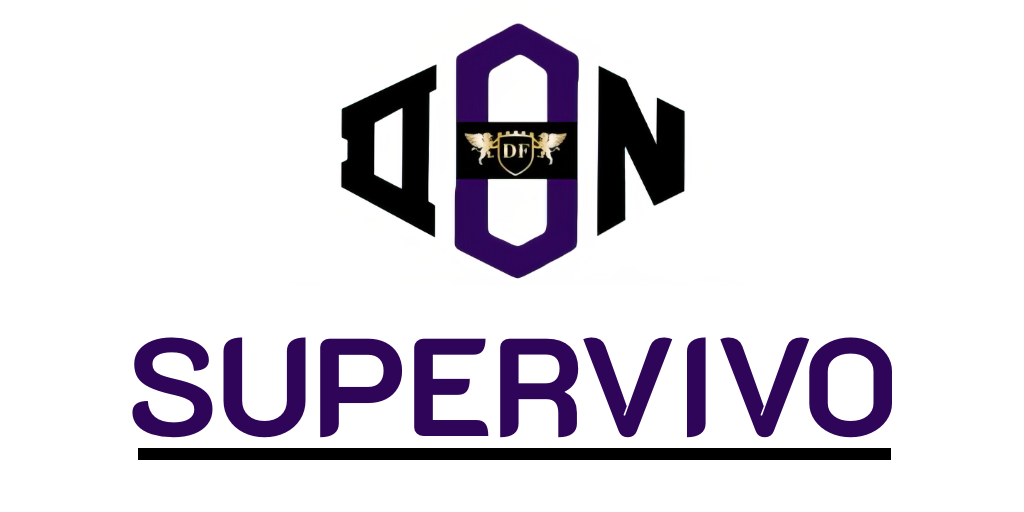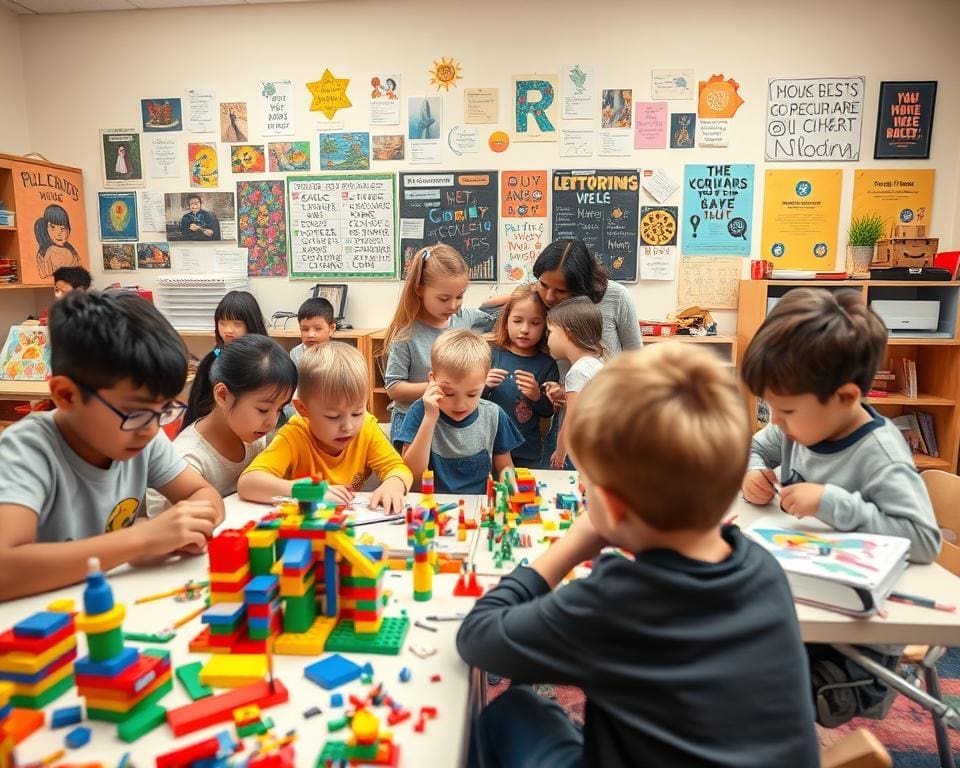In an ever-evolving educational landscape, the question “What are creative ways to learn?” becomes increasingly relevant. As traditional methods often fail to engage diverse learners, it is essential to explore imaginative learning activities that inspire and motivate students. By embracing original learning ideas, educators can foster environments where creativity flourishes, leading to more dynamic educational experiences. This article will delve into fresh approaches to learning, highlighting the transformative power of creativity in education and its potential to revolutionise the way knowledge is imparted and acquired.
Understanding Creative Learning Methods
The evolving landscape of education underscores the importance of creativity in education. As traditional approaches adapt, integrating creative learning methods becomes vital for cultivating a dynamic learning environment. These methods not only enhance student engagement but also nurture essential skills that go beyond academic boundaries.
The Importance of Creativity in Education
Creativity fosters critical thinking, innovation, and adaptability in students. By embracing various innovative learning strategies, educators create spaces where learners feel empowered to express themselves. In a world that values originality, instilling creative thinking in students prepares them for future challenges.
Benefits of Creative Learning Techniques
The benefits of creative learning extend far beyond immediate academic results. Engaging students in creative processes heightens their motivation and leads to deeper understanding. As they explore knowledge through artistic and imaginative means, retention of information improves significantly. Furthermore, students develop emotional intelligence, enhancing their ability to work collaboratively and resolve conflicts.

What are creative ways to learn?
Exploring creativity in education opens up a wide realm of imaginative learning activities that inspire students. Embracing innovative methods allows learners to engage deeply with their subject matter while discovering new passions and interest areas. Each activity serves as a foundation for cultivating curiosity, igniting a love for knowledge, and enhancing overall academic experience.
Exploring Imaginative Activities
Incorporating original learning ideas into lesson plans can transform the educational landscape. Creative writing projects encourage self-expression and critical thinking. Art-integrated lessons bring subjects to life, allowing students to visualise concepts rather than merely memorising facts. Role-playing scenarios not only stimulate interest but also help students understand diverse perspectives, making the learning process more relatable and enjoyable.
Engagement Through Interactive Learning
Fostering engagement through interactive learning is paramount in today’s educational environment. Tools such as group discussions and simulations create dynamic classrooms where students feel motivated to participate. Incorporating educational games can energise learners, turning lessons into playful experiences that enhance skill retention. The result is a vibrant learning atmosphere that empowers students to pursue their curiosities and interests actively.
Innovative Learning Strategies for Diverse Thinkers
Recognising the unique preferences and strengths of every learner is essential in fostering an inclusive educational environment. Innovative learning strategies, tailored to accommodate diverse thinkers, create opportunities for effective engagement. By adopting various approaches, educators can cater to learning styles and enhance the overall educational experience.
Catering to Various Learning Styles
Understanding that learners absorb information differently is crucial. Implementing differentiated instruction allows for personalised learning plans that meet individual needs. For example, some students may thrive in collaborative settings, while others prefer visual aids or hands-on activities. Encouraging creative expression, through projects or discussions, can stimulate interest and retention across various learning styles.
Utilising Technology in Learning
The role of technology in learning has become increasingly significant. Educators can harness multimedia presentations, interactive platforms, and educational apps to engage students effectively. Tools such as virtual reality (VR) present innovative learning strategies, providing immersive experiences that captivate learners who may find traditional methods less appealing. By integrating technology, paves the way for a richer and more dynamic educational landscape.
Unique Educational Techniques for Enhanced Retention
Educators constantly seek innovative approaches that enhance retention among students. Unique educational techniques can make learning more effective and memorable. These methods not only engage students but also help them grasp complex concepts with greater ease.
Storytelling as a Learning Tool
Storytelling in education serves as a powerful tool for engaging learners. By transforming complex information into relatable narratives, educators can create memorable experiences that resonate with students. This technique allows abstract concepts to come alive, making them easier to understand and remember. Stories can illustrate real-world applications of knowledge, leading to enhanced retention.
Hands-on Learning Experiences
Hands-on learning experiences further reinforce knowledge through active participation. Engaging students in experiments, projects, or field trips connects theoretical concepts to tangible situations, fostering a deeper understanding. These immersive experiences spark curiosity and encourage critical thinking, leading to improved retention of the material. By involving students in practical application, educators uphold the significance of unique educational techniques that cater to diverse learning preferences.
Out-of-the-Box Learning Approaches
Exploring innovative educational techniques can significantly enhance the learning experience. Out-of-the-box learning approaches, such as project-based learning, not only ignite curiosity but also transform classrooms into vibrant hubs of creativity and collaboration. Students engage in real-world issues where they can apply their knowledge and skills in meaningful ways.
Project-Based Learning Initiatives
Project-based learning is an exciting approach that encourages learners to tackle complex problems while working in teams. This methodology integrates various subjects, allowing participants to utilise critical thinking and problem-solving skills. Through these initiatives, students are empowered to:
- Investigate real-world scenarios.
- Collaborate with peers to design practical solutions.
- Reflect on their outcomes, fostering deeper understanding.
Collaborative Learning Environments
In collaborative learning environments, teamwork becomes the cornerstone of knowledge acquisition. Group activities and peer teaching not only improve communication skills but also create a sense of shared responsibility. Such dynamics promote a community of learning where students actively support one another. Embracing collaborative strategies leads to:
- Increased motivation among learners.
- Enhanced social skills through interaction.
- Improved retention of knowledge through collective engagement.
Inventive Study Methods for Effective Knowledge Acquisition
Approaching knowledge acquisition with creative study methods significantly enhances learning experiences. Two particularly effective techniques are visual aids and mind mapping, which offer unique ways to process and retain information. Incorporating gamification in learning provides an enjoyable twist that further captivates learners.
Visual Aids and Mind Mapping
Visual aids, including charts, infographics, and presentations, transform complex information into more accessible formats. These tools allow learners to grasp abstract concepts quickly, enhancing retention and comprehension. Alongside visual aids, mind mapping emerges as a dynamic method to organise thoughts, encouraging connections between ideas that may not initially seem related. This inventive study method is particularly valuable, promoting creativity and analysis when breaking down subjects.
Gamification in Learning
The integration of gamification in learning environments introduces game-like elements into educational contexts. This approach can motivate students to engage with material more actively, making the learning process enjoyable and rewarding. By turning tasks into interactive challenges, learners find themselves more inclined to participate fully, leading to improved outcomes. Embracing these inventive study methods facilitates an effective and enjoyable journey towards knowledge acquisition.
Fresh Approaches to Learning in the Modern World
In an era where knowledge is constantly evolving, it’s essential to embrace fresh approaches to learning that cater to the dynamic landscape of education. Modern educational strategies are redefining how individuals acquire knowledge, making it imperative for both learners and educators to adapt. With the rise of online learning platforms, learners now have access to an abundance of resources, enabling them to engage in innovative learning experiences from anywhere in the world.
Moreover, the emergence of alternative educational models, such as micro-credentials and open educational resources, presents novel ways to acquire knowledge that are not only flexible but also responsive to various learning needs. These approaches ensure that education is inclusive and accessible, empowering individuals to take ownership of their learning journeys. As we reflect on these shifts, it becomes clear that continuous innovation in teaching practices is crucial for educators, as they strive to meet the needs of modern learners.
By fostering a culture of curiosity and adaptability, we can create environments that inspire lifelong learning. It’s essential to recognise that in order to thrive in today’s fast-changing information landscape, we must embrace these fresh approaches to learning and remain open to the innovative tools and strategies available. Through this mindset, the potential for personal and professional growth becomes limitless.









